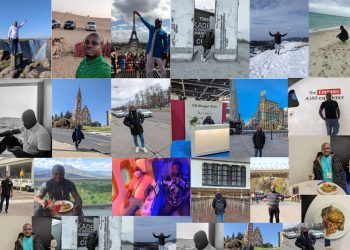The Wa Naa’s palace is one of the oldest traditional palaces in Ghana, built in the early 19th century to serve as the traditional resident of the king of the Wala people. The palace which is located in the heart of Wa, the regional capital of the Upper West region, was built in ancient Sudanese mud-brick architectural style, giving credence to historical accounts that suggest that the Wala people, who today dominate the Upper West region, originally migrated from the northern part of Africa, precisely Sudan.
Unlike most buildings, the walls of the palace have large visible y-shaped structures striking out of the walls. According to historical accounts of the Wala people, the nature of the walls was purposely to protect the people, especially the royal family from the incessant attacks of the slave traders.
More remarkably, the magnificent structure built with mud-brick, still stands tall and strong without showing any signs of collapsing and continues to serve as political, religious and traditional symbol for the Wala people.
The palace as was centuries ago, still serves as the royal home of the Wala paramount chief with royals from all the numerous clans that have once ruled the Wala chiefdom occupying the huge palace. More uniquely, the graves of former kings are found right in front of the palace.
In 2009, the World Monuments Fund recognized the Y-shaped palace as one of the finest and last remaining ancient architecturally wonderful buildings that need preservation. To this, the organisation partnered with the Ghana Museum and Monuments Board to device means of preserving the structure using traditional materials and processes in order not to destroy its ancient appearance. The project was successfully completed in 2012.
Today, the palace is one of the most visited tourism attractions in the northern part of Ghana, receiving a great number of tourists every year.
Still have some travel questions? Ask in our Travel WhatsApp Group.







